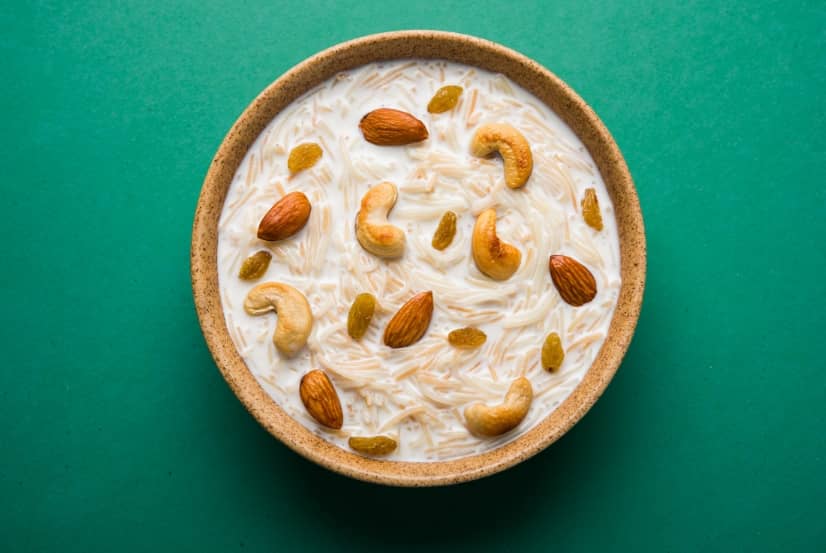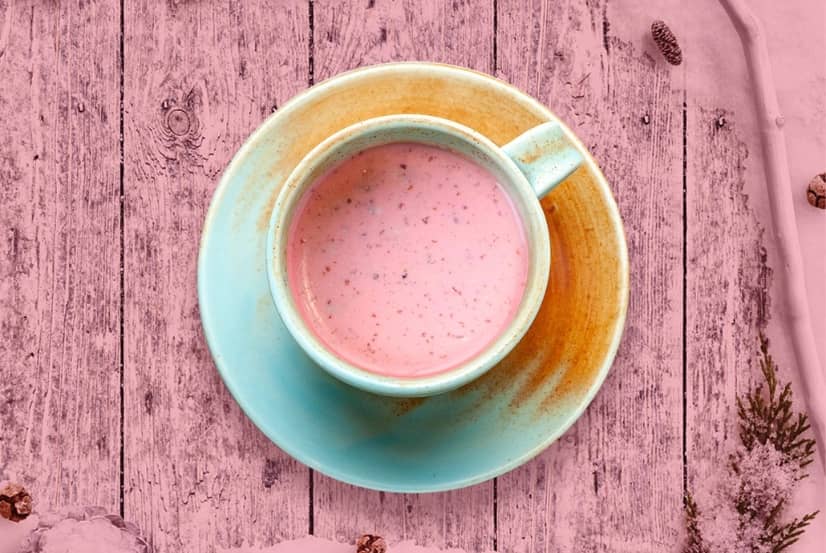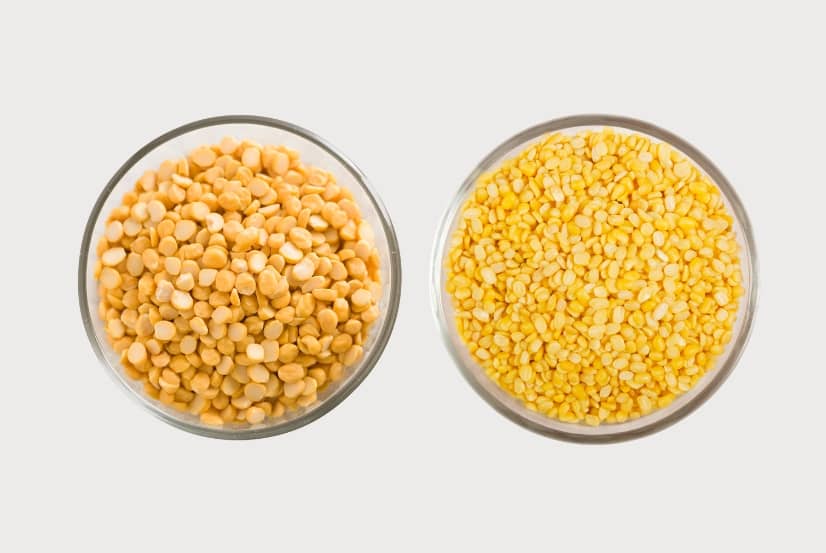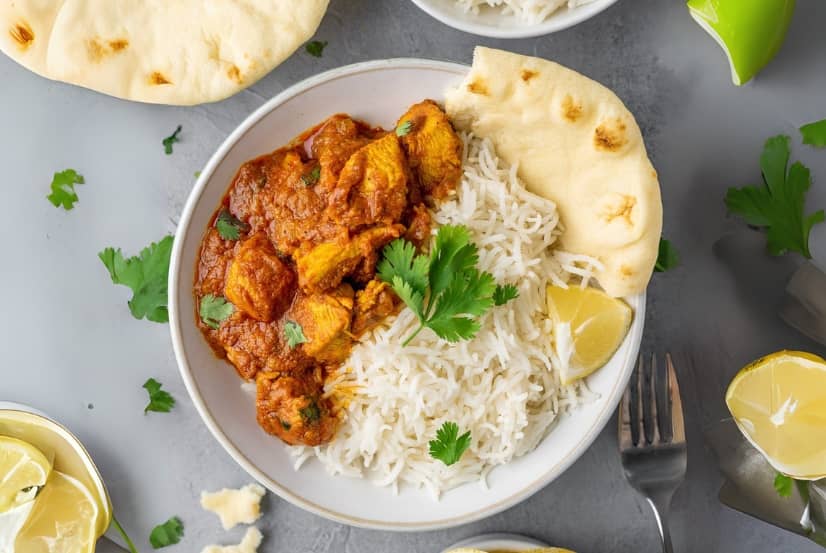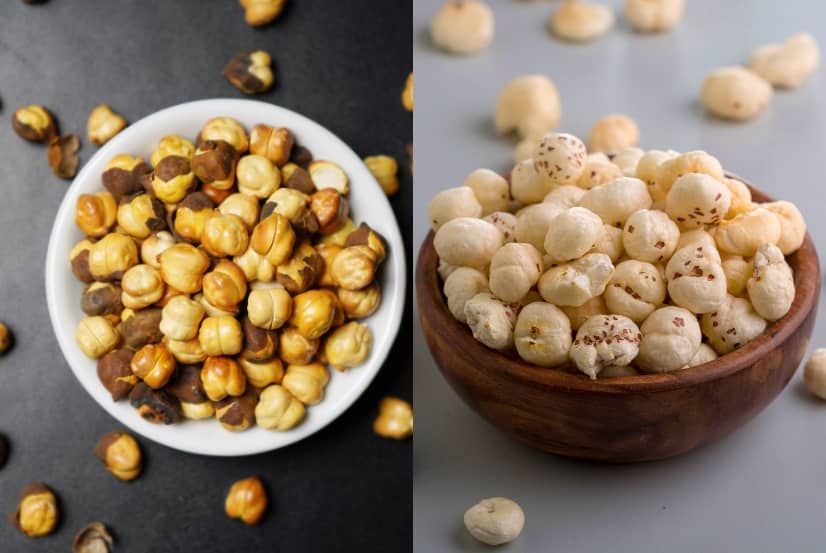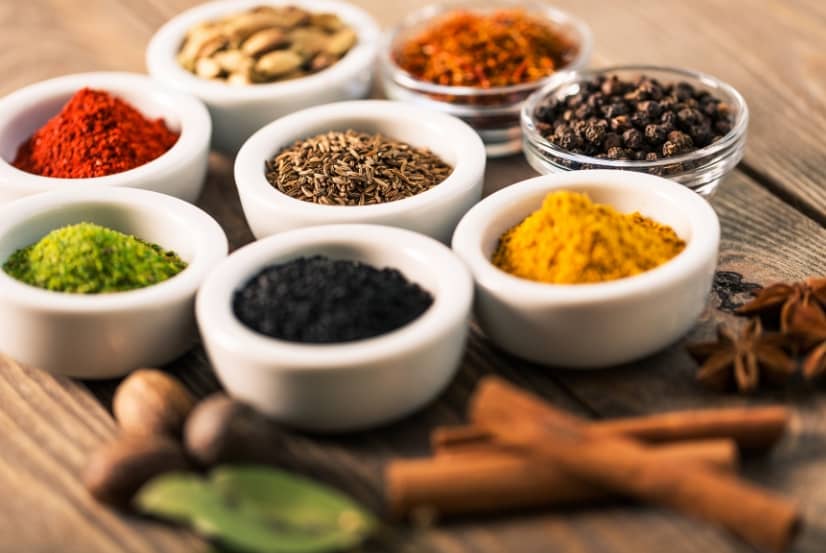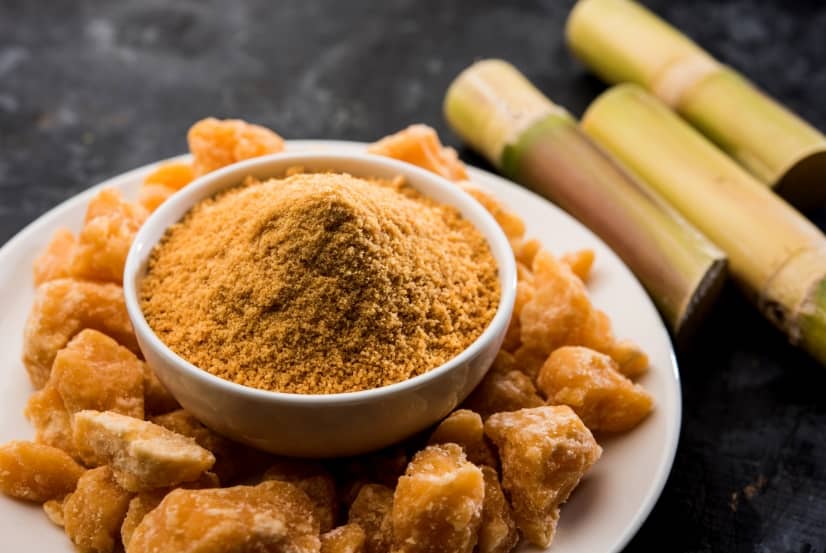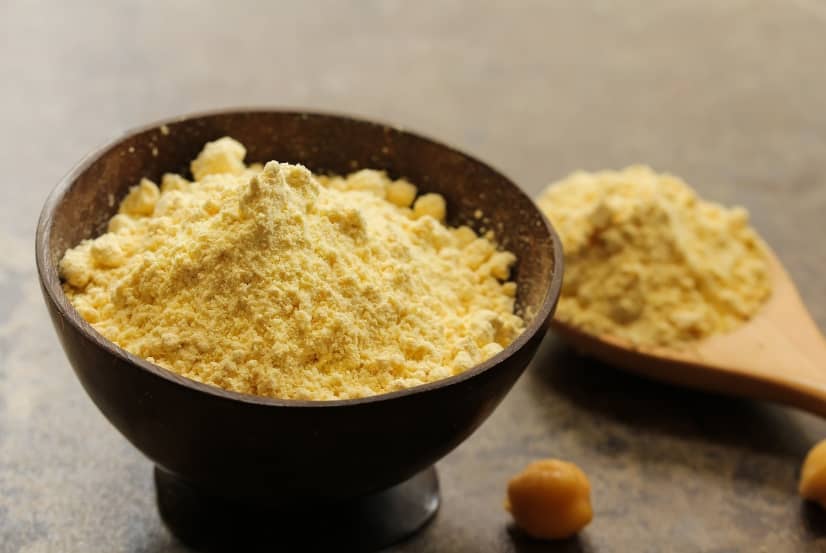String Theory of Celebration – Vermicelli, Dry Fruits & Ghee That Tie Festivals Together
Imagine a single golden thread weaving through Eid, Diwali, and Christmas dinners across South Asia and its diaspora. That thread is sevaiyan -Handi’s Sialkoti Vermicelli and U‑Shaped Vermicelli – glossed with nutty ghee and studded with sun‑kissed dry fruits. – Chand Raat (Eid Eve) Streetlights flicker; henna dries in intricate swirls. In the kitchen, vermicelli roasts in desi ghee until copper‑brown. Dates, figs, and slivered almonds wait their cue. Milk bubbles, cardamom sighs, and sheer‑khurma is born -sweet enough to break a month of fasting, light enough to leave room for kebabs. – Diwali Dawn Firecrackers rest; diyas still glow. Families wake early, bathe, and offer prayers. Breakfast is kheer made with the same Handi vermicelli but perfumed this time with saffron and garnished with pistachio ‘confetti.’ Sweetness welcomes Lakshmi, goddess of prosperity. – Christmas Midnight Service Carols fade into the cool night. Back home, a pot of vermicelli pudding simmers quietly beside fruitcake. The recipe migrated with Goan and Anglo‑Indian communities -coconut milk replaces dairy, cashews replace almonds, but the backbone remains that delicate wheat string. Why Handi’s Vermicelli Wins Every Festival Beyond Desserts – A 15‑Minute Savory Hack Sauté onions, green chilli, and Handi dry apricots in ghee. Toss in broken vermicelli, add stock, and cook like you would upma. Breakfast of champions, ready before the kettle whistles. From Lahore to London, Dubai to Detroit, families swap greetings and sometimes even religions -but the comfort of toasted vermicelli threads through them all. Stock up, stir well, celebrate often.
String Theory of Celebration – Vermicelli, Dry Fruits & Ghee That Tie Festivals Together Read More »

